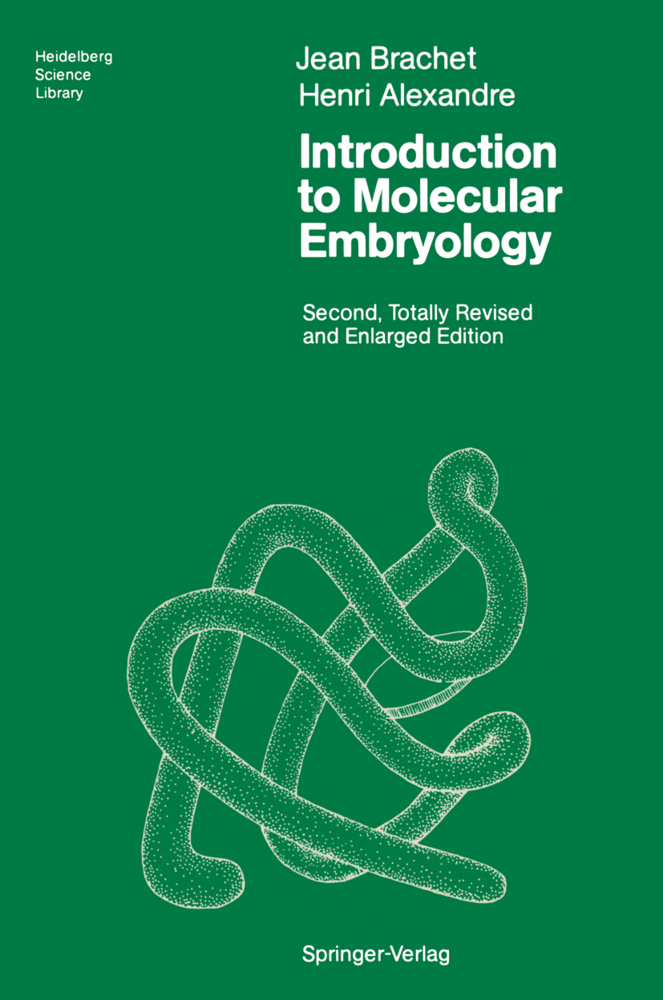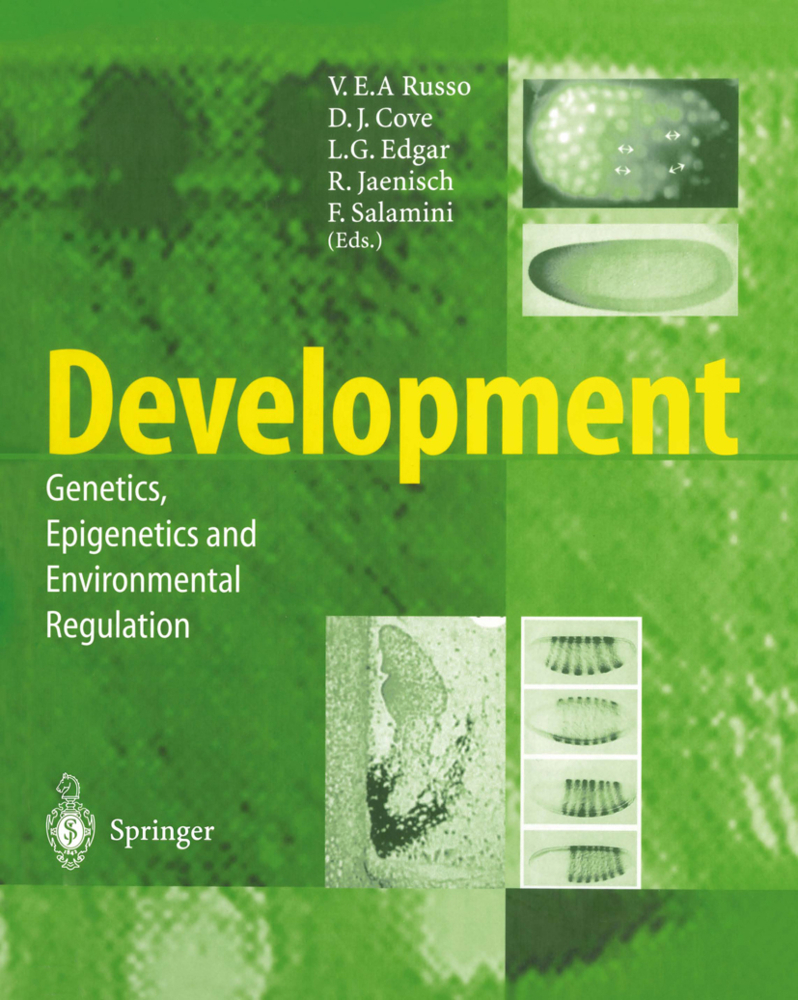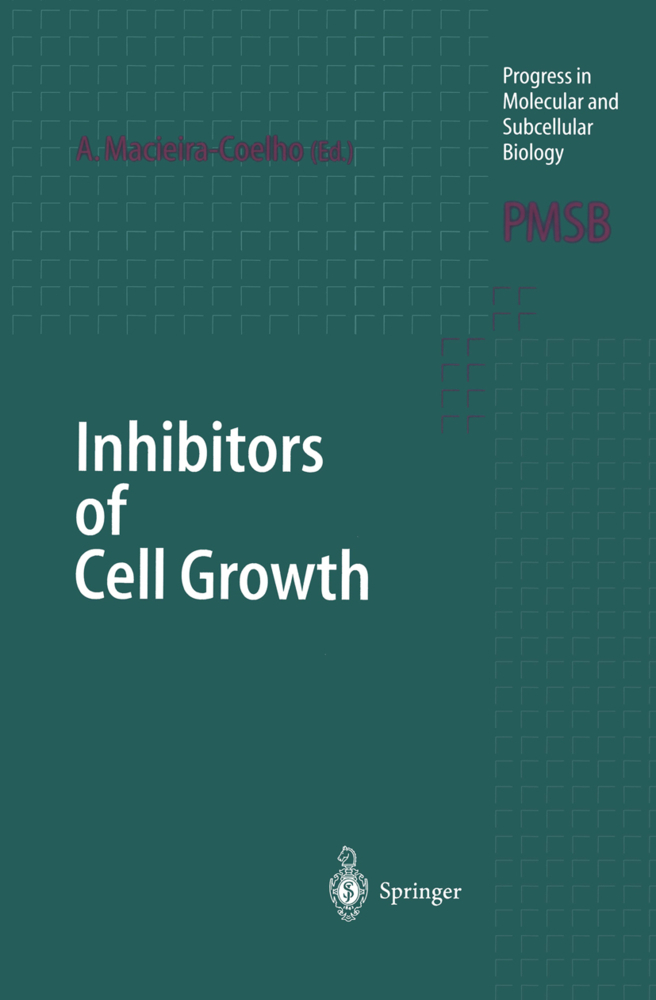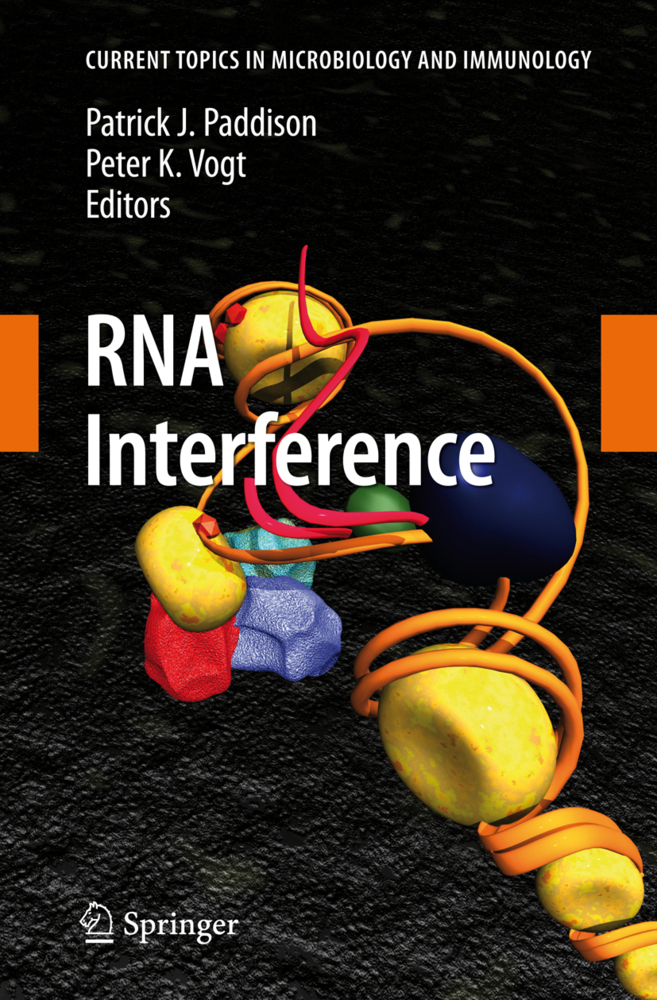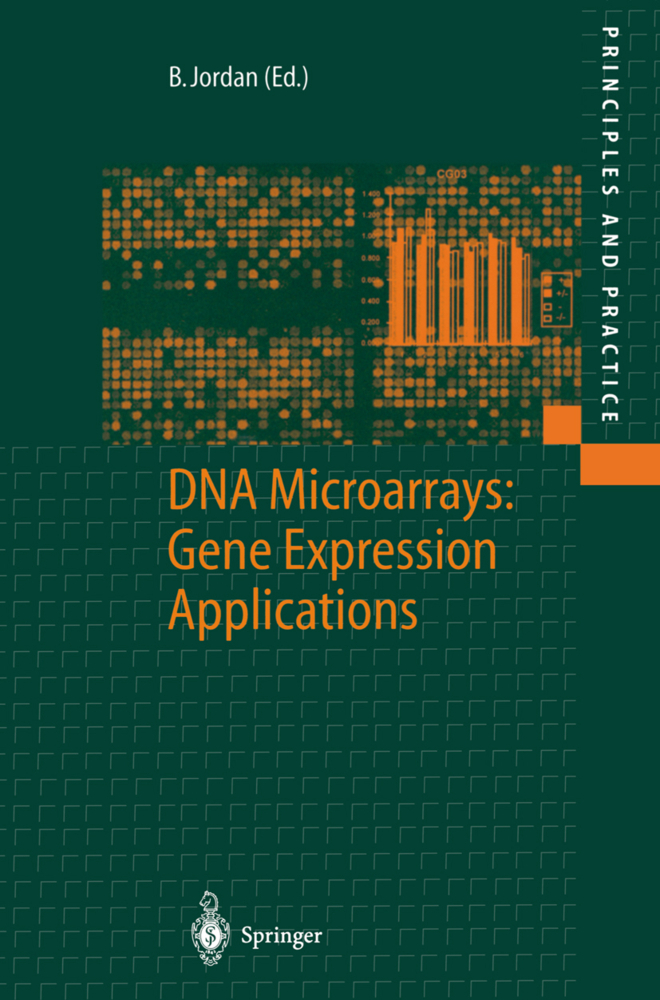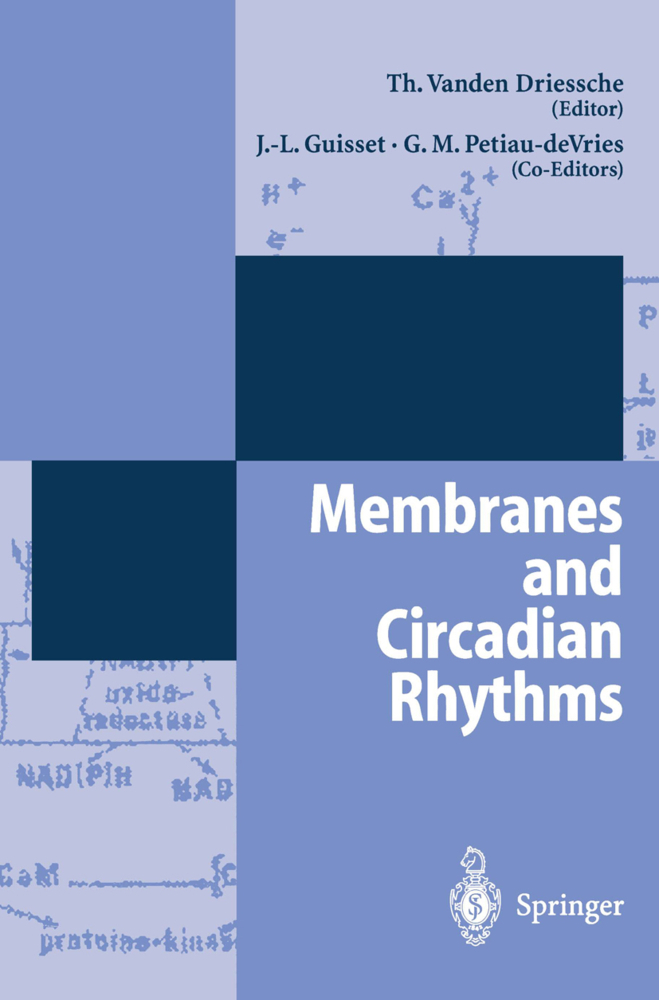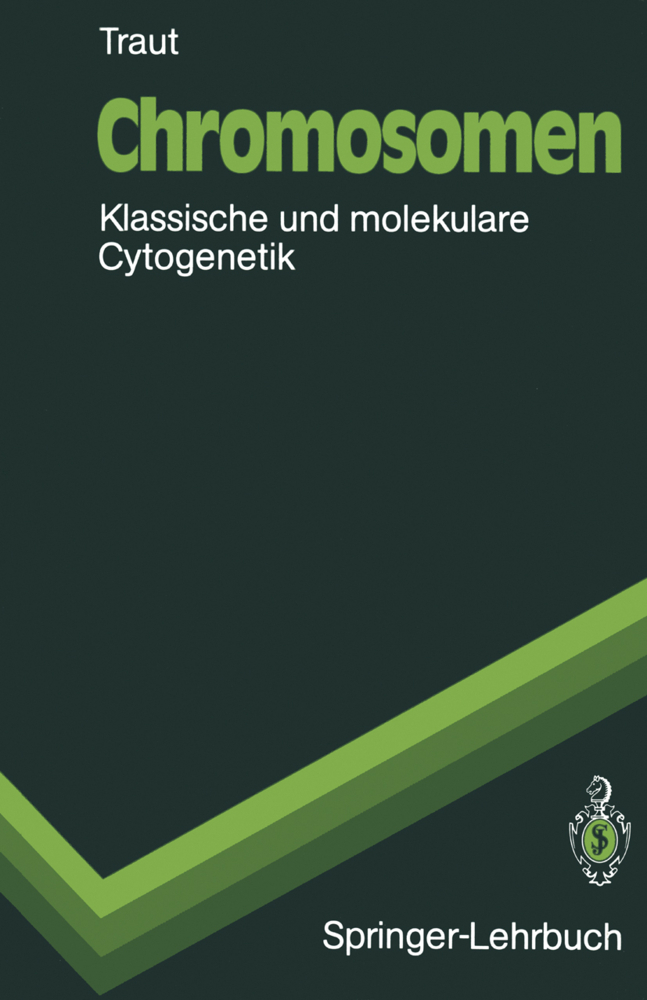Introduction to Molecular Embryology
Introduction to Molecular Embryology
Nearly 10 years have elapsed since I finished writing the first edition of Intro duction to Molecular Embryology. During this period, molecular embryology has made great strides forward, but without undergoing a major revolution; there fore, the general philosophy and outline of the book have remained almost un changed. However, all the chapters had to be almost completely rewritten in or der to introduce new facts and to eliminate findings which have lost interest or have been disproved. There was a major gap in the first edition of this book: very little was said about mammalian eggs despite their obvious interest for mankind. Research on mammalian eggs and embryos is so active today that this important topic deserves a full chapter in a book concerned with molecular embryology. Therefore, I am very thankful to my colleague Dr. Henri Alexandre, who has written a chapter on mammalian embryology (Chap. 9) and has prepared all the illustrations for this book.
III How Eggs and Embryos Are Made
1 Theories of Embryonic Differentiation
IV Gametogenesis and Maturation: The Formation of Eggs and Spermatozoa
1 Oogenesis
2 Maturation of Xenopus Oocytes
3 Spermatogenesis
V Fertilization: How the Sleeping Egg Awakes
1 General Outlook
2 The Fertilizin Problem
3 Physical and Chemical Changes at Fertilization
4 Nucleic Acid and Protein Synthesis
5 Parthenogenetic Activation
6 Molecular Embryology and Classical Theories of Fertilization
VI Egg Cleavage: A Story of Cell Division
1 General Outlook
2 The Biochemistry of Cleavage
VII Molecular Embryology of Invertebrate Eggs
1 Chaetopterus Eggs
2 Mollusk Eggs
3 Tunicate (Ascidian) Eggs
4 Insect Eggs
5 Sea Urchins
VIII Molecular Embryology of Amphibian Eggs
1 Respiration of the Amphibian Gastrula and Neurula
2 The Nature of the Inducing Substance
3 RNA Localization and Synthesis
4 The Links Between RNA Synthesis and Morphogenesis
5 Size and Mode of Action of the Inducing Agent
6 Molecular Basis of Cell Movements
IX Molecular Embryology of Mammals
1 The Biology of Mammalian Sperm
2 Molecular Embryology of Mammalian Eggs
3 Experimental Embryology of the Preimplantation Stages
4 Early Postimplantation Stages
5 Interspecific Hybrids and Chimaeras
X Biochemical Interactions Between the Nucleus and the Cytoplasm During Morphogenesis
1 Biology and Biochemistry of the Alga Acetabularia
2 Biochemistry of Anucleate Fragments of Eggs
3 The Importance of the Nucleus for Embryonic Development
4 Biochemistry of Early Developmental Mutants
5 "Transgenic" Mice and Teratocarcinoma
6 Conclusions
XI How Cells Differentiate
1 General Introduction
2 Specific Properties of Cell Membranes
3 Effects of Tissue Extracts on Cell Differentiation
4 Immunological Studies on Embryonic Differentiation
5 Enzyme Synthesis and Embryonic Differentiation
6 Differentiation of Cultured Embryonic Cells
7 Embryonic Differentiation and Cancer
8 The Future of Molecular Embryology
References
Further Reading
Author and Subject Index.
I From Descriptive to Molecular Embryology
II How Genes Direct the Synthesis of Specific Proteins in Living CellsIII How Eggs and Embryos Are Made
1 Theories of Embryonic Differentiation
IV Gametogenesis and Maturation: The Formation of Eggs and Spermatozoa
1 Oogenesis
2 Maturation of Xenopus Oocytes
3 Spermatogenesis
V Fertilization: How the Sleeping Egg Awakes
1 General Outlook
2 The Fertilizin Problem
3 Physical and Chemical Changes at Fertilization
4 Nucleic Acid and Protein Synthesis
5 Parthenogenetic Activation
6 Molecular Embryology and Classical Theories of Fertilization
VI Egg Cleavage: A Story of Cell Division
1 General Outlook
2 The Biochemistry of Cleavage
VII Molecular Embryology of Invertebrate Eggs
1 Chaetopterus Eggs
2 Mollusk Eggs
3 Tunicate (Ascidian) Eggs
4 Insect Eggs
5 Sea Urchins
VIII Molecular Embryology of Amphibian Eggs
1 Respiration of the Amphibian Gastrula and Neurula
2 The Nature of the Inducing Substance
3 RNA Localization and Synthesis
4 The Links Between RNA Synthesis and Morphogenesis
5 Size and Mode of Action of the Inducing Agent
6 Molecular Basis of Cell Movements
IX Molecular Embryology of Mammals
1 The Biology of Mammalian Sperm
2 Molecular Embryology of Mammalian Eggs
3 Experimental Embryology of the Preimplantation Stages
4 Early Postimplantation Stages
5 Interspecific Hybrids and Chimaeras
X Biochemical Interactions Between the Nucleus and the Cytoplasm During Morphogenesis
1 Biology and Biochemistry of the Alga Acetabularia
2 Biochemistry of Anucleate Fragments of Eggs
3 The Importance of the Nucleus for Embryonic Development
4 Biochemistry of Early Developmental Mutants
5 "Transgenic" Mice and Teratocarcinoma
6 Conclusions
XI How Cells Differentiate
1 General Introduction
2 Specific Properties of Cell Membranes
3 Effects of Tissue Extracts on Cell Differentiation
4 Immunological Studies on Embryonic Differentiation
5 Enzyme Synthesis and Embryonic Differentiation
6 Differentiation of Cultured Embryonic Cells
7 Embryonic Differentiation and Cancer
8 The Future of Molecular Embryology
References
Further Reading
Author and Subject Index.
| ISBN | 978-3-540-16968-0 |
|---|---|
| Artikelnummer | 9783540169680 |
| Medientyp | Buch |
| Auflage | 2., überarb. u. erw. Aufl. |
| Copyrightjahr | 1986 |
| Verlag | Springer, Berlin |
| Umfang | XIV, 229 Seiten |
| Abbildungen | XIV, 229 p. 53 illus. |
| Sprache | Englisch |

